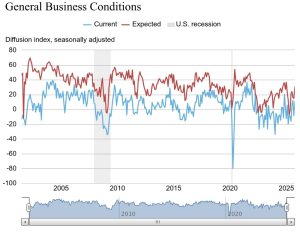UTICA, N.Y. — In its Jan. 28 website blog, Adirondack Bank tackles a subject affecting many financial-services clients and consumers: phishing.
Most people are familiar with the concept of phishing — a scam where a fraudster uses an email, text message, or phone call to trick or con the person on the other end into giving out their sensitive information. The criminal then is able to access the victims’ accounts and steal their identity.
As time goes on, phishing schemes are becoming more sophisticated with messages that look like they actually came from your financial institution and contain links that if you click on them will lead to a fake website that appears to be the real deal.
(Sponsored)

Inflation and Insurance Rates: How to Offset the Impact
Many industries have been hit by inflation where it hurts the most, our pockets. Inflation is raising the price of goods and services including food, housing, transportation, and medical care.

Ask the Expert: Solving Your Workforce Challenges with Registered Apprenticeship
Finding skilled workers isn’t getting any easier. Whether you’re facing retirements, turnover, or a lack of qualified candidates, you’re not alone. Businesses across every industry are struggling to fill critical
The first tip Adirondack Bank offers is: Don’t expect phishing emails to be filtered into your junk mail. That’s because the scammers will often craft the messages individually based on information gathered on your social-media sites, so they can often avoid detection from advanced email filters. It then lays out a number of features to look out for that will help you identify a phishing email, like inconsistent email addresses, bad grammar or spelling mistakes, demand for urgent action, and more.
The bank’s tips also warn to be wary of long text numbers of more than 10 digits and to watch be aware that phone numbers and caller identities can be faked to look like the caller ID is from your bank. Don’s trust the caller ID and instead look up the company’s number on your own.
For more tips and advice on how to avoid being victimized by a phishing scam, check out the Adirondack Bank blog post at: https://www.adirondackbank.com/blog/how-to-outsmart-sophisticated-phishing-scams.
The blog also directs readers to learn more about scams and ways to protect themselves by visiting the following educational web page offered by the Zelle payment service: zellepay.com/pay-it-safe.




